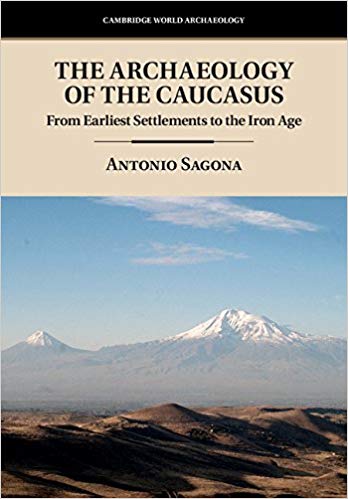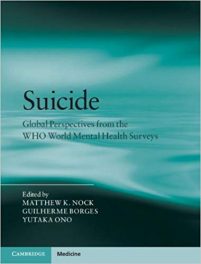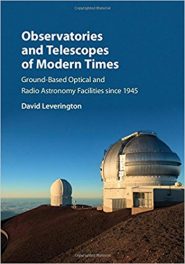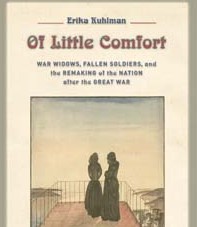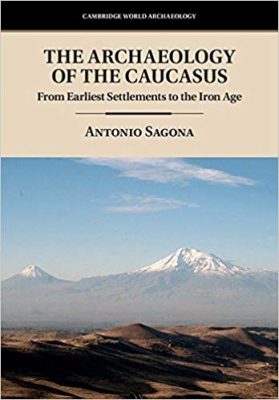 (This volume is part of the Cambridge World Archaeology series)
(This volume is part of the Cambridge World Archaeology series)
Author: Antonio Sagona
Publisher: Cambridge University Press – 541 pages
Book Review by: Sonu Chandiram
In this work, archaeologist Antonio Sagona, who passed away in 2017, provides an extensive survey of the Eurasian land mass and its many regions. He had vast knowledge of the area from both academic and experiential standpoints, having taught about the Near East for over three decades at the University of Melbourne.
He was also editor of a journal on Near Eastern studies, traveled extensively (his first visit to the Caucasus was in the early 1980s), and wrote several books on the subject, including Ancient Turkey, and The Asvan Sites 3 The Early Bronze Age.
Among the benefits to students and scholars of areas in Eurasia, this book
- Opens up vast amounts of information previously inaccessible to the West
- Examines numerous regions from the perspectives of archaeology and geography
- Provides cultural insights on people who lived there millennia and centuries ago
- Highlights accomplishments of Caucasian communities and situates them within the broader setting of their neighbors in Anatolia, Iran, Russia, Turkey, and other areas.
- Presents a considerable number of images including drawings, photos, plans that had not been accessible before to Western researchers
We provide for readers below a systematic overview of what you will find in this nearly 550-page book by listing below the titles of its chapters:
Introduction
- The Land and Its Languages
- Trailblazers: The Paleolithic and Mesolithic Foundations
- Transition to Settled Life: The Neolithic (6000 to 5000 BC)
- Far-Flung Networks: The Chalcolithic (5000/4800-3500 BC)
- Encounters Beyond the Caucasus: Kura-Araxes Culture and the Early Bronze Age (3500-2400 BC)
- Dolmens for the Dead: The Western Caucasus and the Bronze Age (3250-1250 BC)
- The Emergence of Elites and a New Social Order (2500-1500 BC)
- From Fortresses to Fragmentation: The Southern Caucasus in the Late Bronze Age through the Iron Age I (1500–800 BC)
- Smiths, Warriors, and Womenfolk: The Koban Culture of the Northern Caucasus (1400-600 BC)
- A World Apart: The Colchian Culture
- The Grand Challenges for the Archaeology of the Caucasus
References
Antonio Sagona writes that he researched for and wrote this book for it to serve as a conspectus on the Caucasus region, covering a very long period of time: all the way from the Paleolithic period to the early Iron Age, circa 800 BC.
He writes at the outset of this book – in his Preface – that Caucasus region, sometimes referred to as the Near East – has “always been viewed as a region of significance by researchers working in its surrounding lands. Yet for a variety of reasons, this rugged area remains bewildering for many researchers – a dizzying array of cultures that form an ill-fitting and patchy mosaic.”
So what the author has done is to focus his work on what he calls “the most significant sites and cultural and cultural traditions” He also writes about the achievements of Caucasian people.
Sagona points out that much of the research and data published in his book is new to the Western world, having been previously inaccessible to them before. It is the result of investigations carried out during the Soviet period, when researchers were isolated from their Western counterparts.
The author conveys his archaeology of the Caucasus through what he calls a ‘double helix’:
- First, he presents “a synthesis of the complicated material remains, focusing on the main cultural sequences that are divided chronologically
- Second, he has “assigned each chapter themes relevant to the period, which seek to explain aspects of cultural change within a broadly social approach.”
This is an excellent, extensive and detailed work on the Caucasus, researched about and written by a highly qualified scholar on the archaeology, history, geography, culture and other aspects of that part of the world.
Author:
Antonio Sagona, who died shortly after completing this volume in 2017, was an archaeologist of the ancient Near East, with expertise in Anatolia and the Caucasus. He wrote a number of books on the subject, including Ancient Turkey (2009). An elected Fellow of the Australian Academy of Humanities and the Society of Antiquaries in London, Tony was editor of Ancient Near Eastern Studies, and taught at the University of Melbourne for more than three decades.

